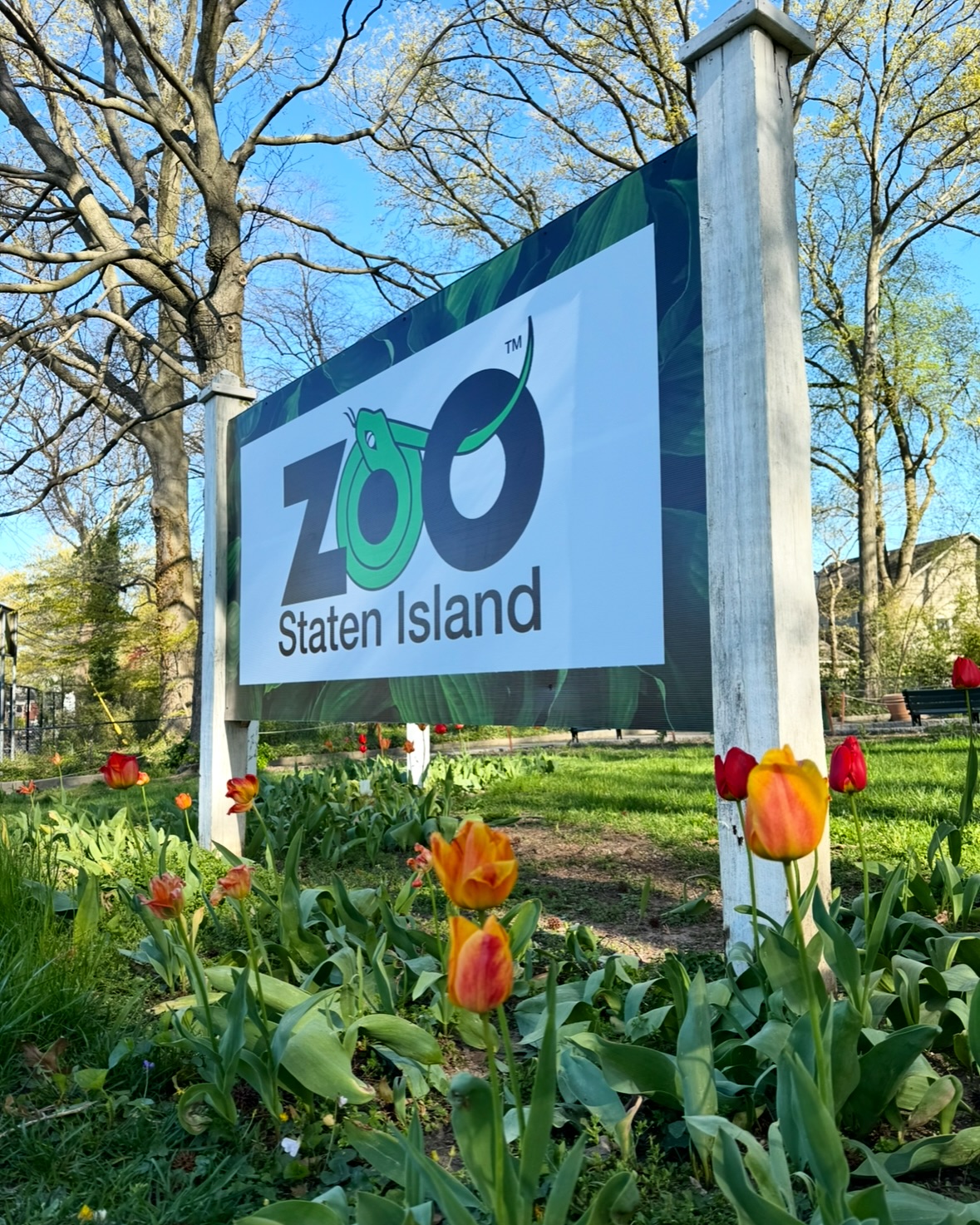- The origins and significance of Earth Day in promoting environmental consciousness.
- Impactful ways individuals can celebrate Earth Day through sustainable practices.
- The relationship between wildlife conservation and the health of our planet.
- The role of zoos in environmental education and conserving biodiversity.
- Practical steps for daily habits that support Earth’s ecosystems.
Earth Day, celebrated annually on April 22nd, marks a pivotal opportunity for global citizens to reflect on the health of our planet and take actionable strides toward its preservation. This initiative began in 1970, spearheaded by Senator Gaylord Nelson as a response to a pressing need for environmental reform. Since then, Earth Day has grown to encompass over a billion participants worldwide and is a crucial driver of ecological awareness and policy change.
Today, the significance of Earth Day extends beyond symbolic tree plantings and park clean-ups. It’s a call to action for sustainable living, urging individuals and organizations alike to reduce their ecological footprints and advocate for a harmonious coexistence with nature. This celebration is integral to instilling environmental consciousness and galvanizing grassroots movements that yield tangible policies for diverse habitats across the globe.
To truly honor Earth Day, efforts must translate into year-round practices. One pivotal way individuals can embrace sustainability is through conscientious consumption. By selecting products with eco-friendly certifications, consumers can support industries committed to reducing waste and conserving resources. Many organizations now prioritize packaging made from recyclables or biodegradable materials, making it simpler for people to make green choices.
Moreover, conservation efforts play an essential role in the environmental dialogue, directly impacting the planet’s health. Biodiverse ecosystems form the backbone of Earth’s resilience, providing everything from clean air to water filtration. As habitats degrade, largely due to human activities like deforestation and pollution, biodiversity suffers. Therefore, protecting various species and their environments becomes invaluable.
Wildlife conservation is a cornerstone in maintaining ecological balance, as many animals act as pollinators, seed dispersers, and natural pest controllers. Bees, for instance, are responsible for pollinating a third of the food we consume. Yet, their populations face significant threats from pesticide exposure and habitat loss. Similarly, marine life health is indispensable to our oceans. Conserving these creatures ensures the sustained provision of oxygen and climate regulation, fundamentals for human survival.
The relationship between conservation and educational institutions like zoos also plays a critical role in this narrative. Zoos have evolved beyond mere entertainment venues. They now actively contribute to the preservation of species through breeding programs and research. By housing endangered species, zoos work to boost population numbers while conducting studies that inform conservation strategies globally.
Zoos function as educational touchstones, imparting knowledge about wildlife and ecosystems to visitors. They inspire younger generations to appreciate Earth’s rich biodiversity and advocate for its protection. In doing so, zoos help bridge the gap between people and wildlife, fostering empathy and understanding for creatures that might otherwise seem distant or irrelevant to everyday life.
Recognizing that every small action contributes to a broader impact is crucial in adopting daily habits that support eco-systems. Simple practices like reducing water usage, conserving energy, and minimizing single-use plastics have cumulative benefits when practiced widely. Turning off the tap while brushing teeth or fixing leaks can drastically cut water waste, while switching to energy-efficient appliances reduces unnecessary power consumption.
By actively participating in community green initiatives, individuals can extend their impact. Local clean-up drives, recycling programs, and tree planting events are practical ways to engage in communal environmental stewardship. Volunteer efforts not only beautify neighborhoods but also enhance local biodiversity and soil quality.
Moreover, advocacy is a powerful tool for change. Raising awareness about pressing environmental issues, supporting legislation aimed at conservation, and participating in public discussions fosters a collective resolve to keep environmental matters at the forefront of societal priorities. When individuals advocate for the environment, it prompts policymakers to create frameworks that uphold sustainable development and protect habitat health.
Earth Day stands as a reminder of our intertwined destinies with nature. By nurturing Earth’s resources and respecting its boundaries, we lay the groundwork for thriving ecosystems and communities. To celebrate this day is to pledge allegiance to the planet we call home—acknowledging its beauty, its challenges, and our shared responsibility to steward its future. Every action counts, today and every day, in the great task of taking care of our Earth.
*****
Source Description
Happy Earth Day! 🌎
🌷🐿️🌱🐝🍄🐠🌾🦇🌊🦘🌳🪻🐍🪨🐆🌵🦦
We encourage everyone to celebrate Earth Day every day, but today especially, remember this is our home. By land, by air, by sea, we all need to respect our planet to allow it thrive and continue to create the beautiful world around us. We need it more than we know so we hope all our zoo friends will take some time to give back to Mother Nature. Whether it’s recycling, shopping sustainably, volunteering your time, conserving water, speaking up for the environment, reducing your carbon footprint, there’s countless ways you can make a difference. Now let’s start today!


